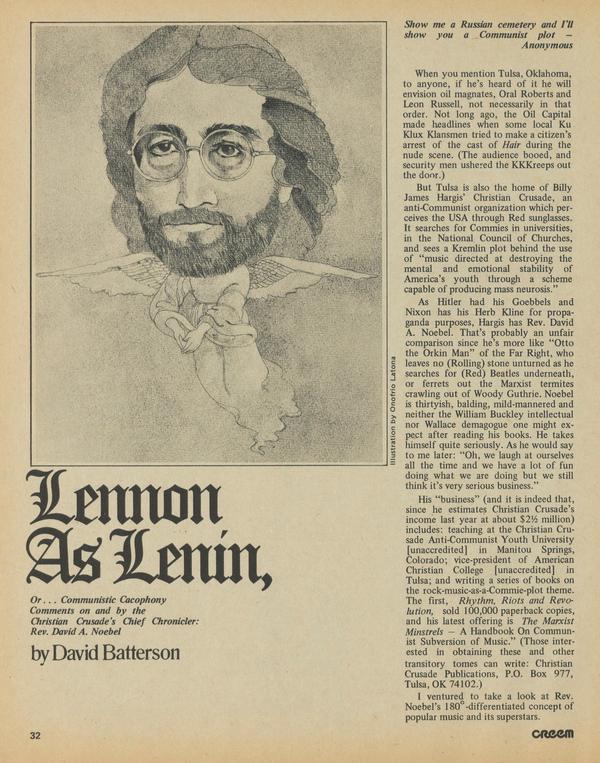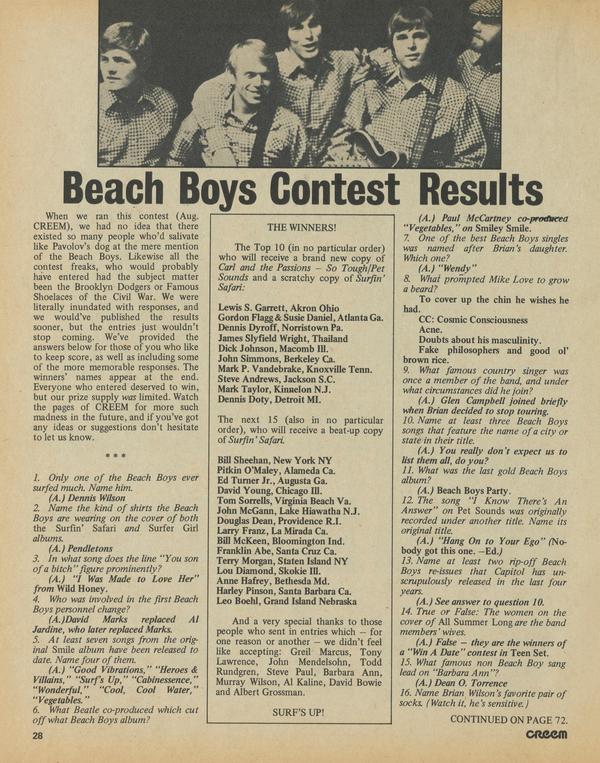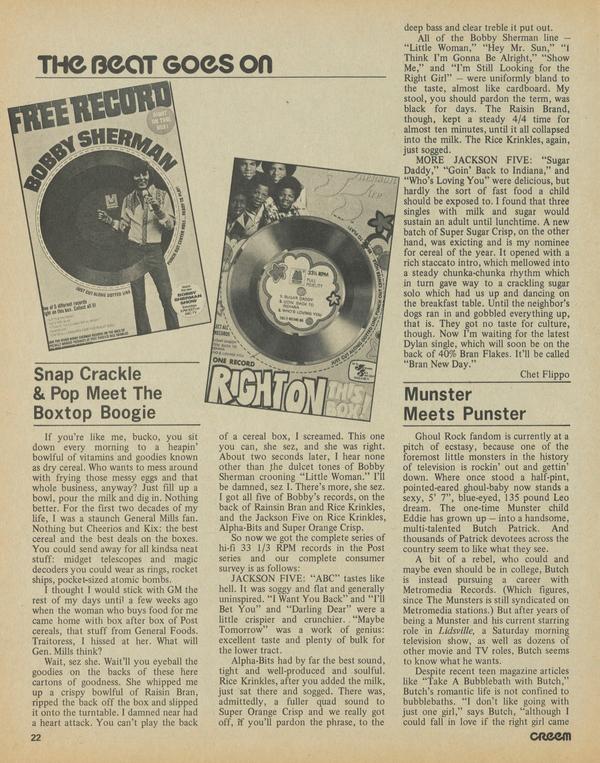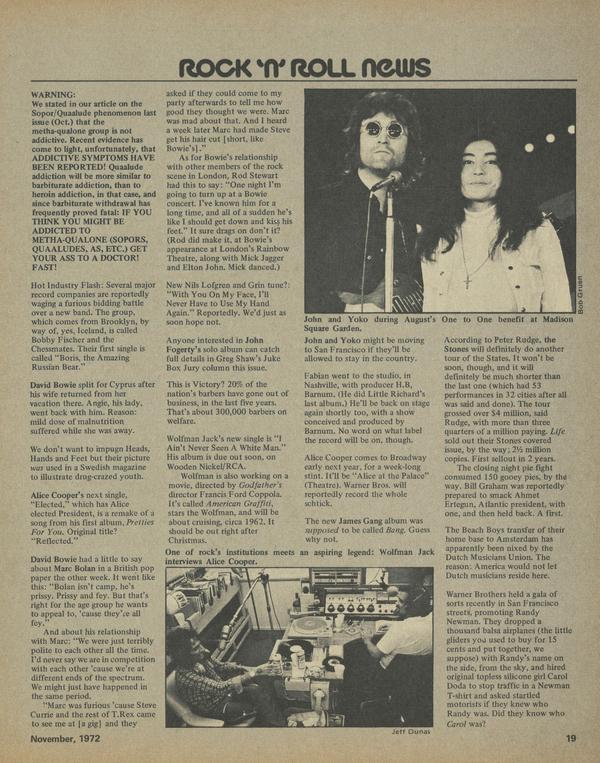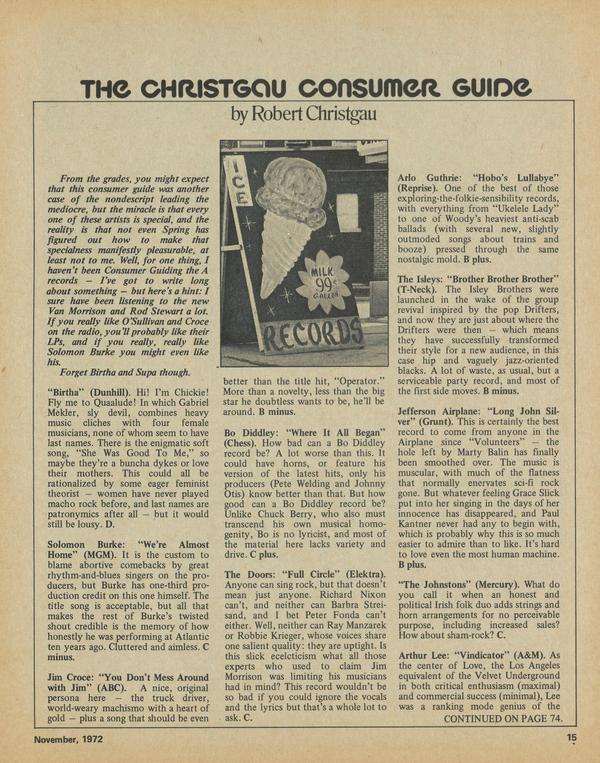The Shape of Jazz Today
Looking back across the turn of the decade to the waning of the Sixties, it’s unmistakable that the great watershed, the supreme musical turning point, was the release of Miles Davis’ In A Silent Way album.
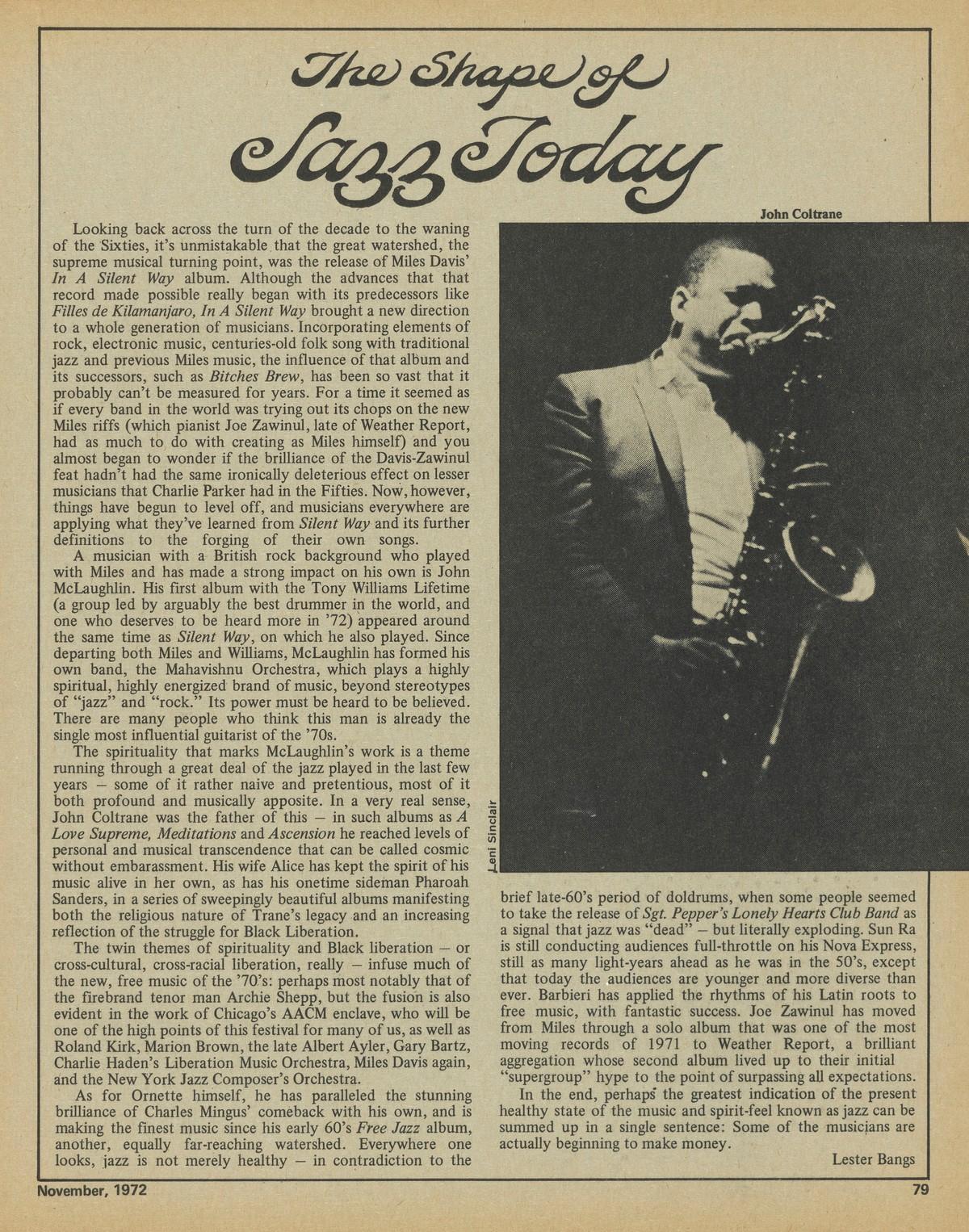
Looking back across the turn of the decade to the waning of the Sixties, it’s unmistakable that the great watershed, the supreme musical turning point, was the release of Miles Davis’ In A Silent Way album. Although the advances that that record made possible really began with its predecessors like Filles de Kilamanjaro, In A Silent Way brought a new direction to a whole generation of musicians. Incorporating elements of rock, electronic music, centuries-old folk song with traditional jazz and previous Miles music, the influence of that album and its successors, such as Bitches Brew, has been so vast that it probably can’t be measured for years. For a time it seemed as if every band in the world was trying out its chops on the new Miles riffs (which pianist Joe Zawinul, late of Weather Report, had as much to do with creating as Miles himself) and you almost began to wonder if the brilliance of the Davis-Zawinul feat hadn’t had the same ironically deleterious effect on lesser musicians that Charlie Parker had in the Fifties. Now, however, things have begun to level off, and musicians everywhere are applying what they’ve learned from Silent Way and its further definitions to the forging of their own songs.
A musician with a British rock background who played with Miles and has made a strong impact on his own is John McLaughlin. His first album with the Tony Williams Lifetime (a group led by arguably the best drummer in the world, and one who deserves to be heard more in ’72) appeared around the same time as Silent Way, on which he also played. Since departing both Miles and Williams, McLaughlin has formed his own band, the Mahavishnu Orchestra, which plays a highly spiritual, highly energized brand of music, beyond stereotypes of “jazz” and “rock.” Its power must be heard to be believed. There are many people who think this man is already the single most influential guitarist of the ’70s.


